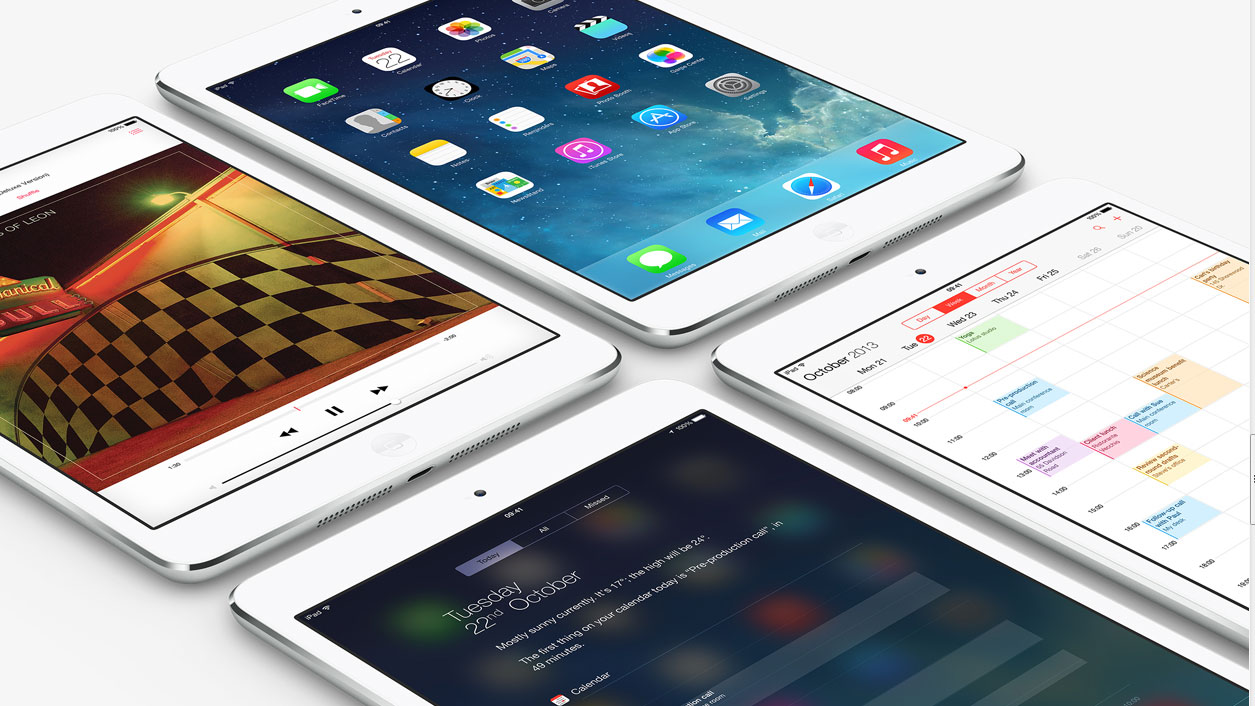Why you can trust TechRadar
When reviewing the iPad mini 2, I've compared it to the previous version of the smaller tablet, both with and without the newer iOS versions. The jump in the OS is marked, but even without that, all owners of the original mini will feel a pang of envy when you hand them the second generation.
With the screen turned off, there's very little difference between the iPad minis 1 and 2 – the options of Space Gray and Silver are different to the black and silver versions from 2012, and there's a slight increase in the weight from 312g to 331g.
But in the hand there's nothing to choose between them; which is fine, as the design of the original mini was the saving grace of an otherwise low-powered, but cheaper tablet.
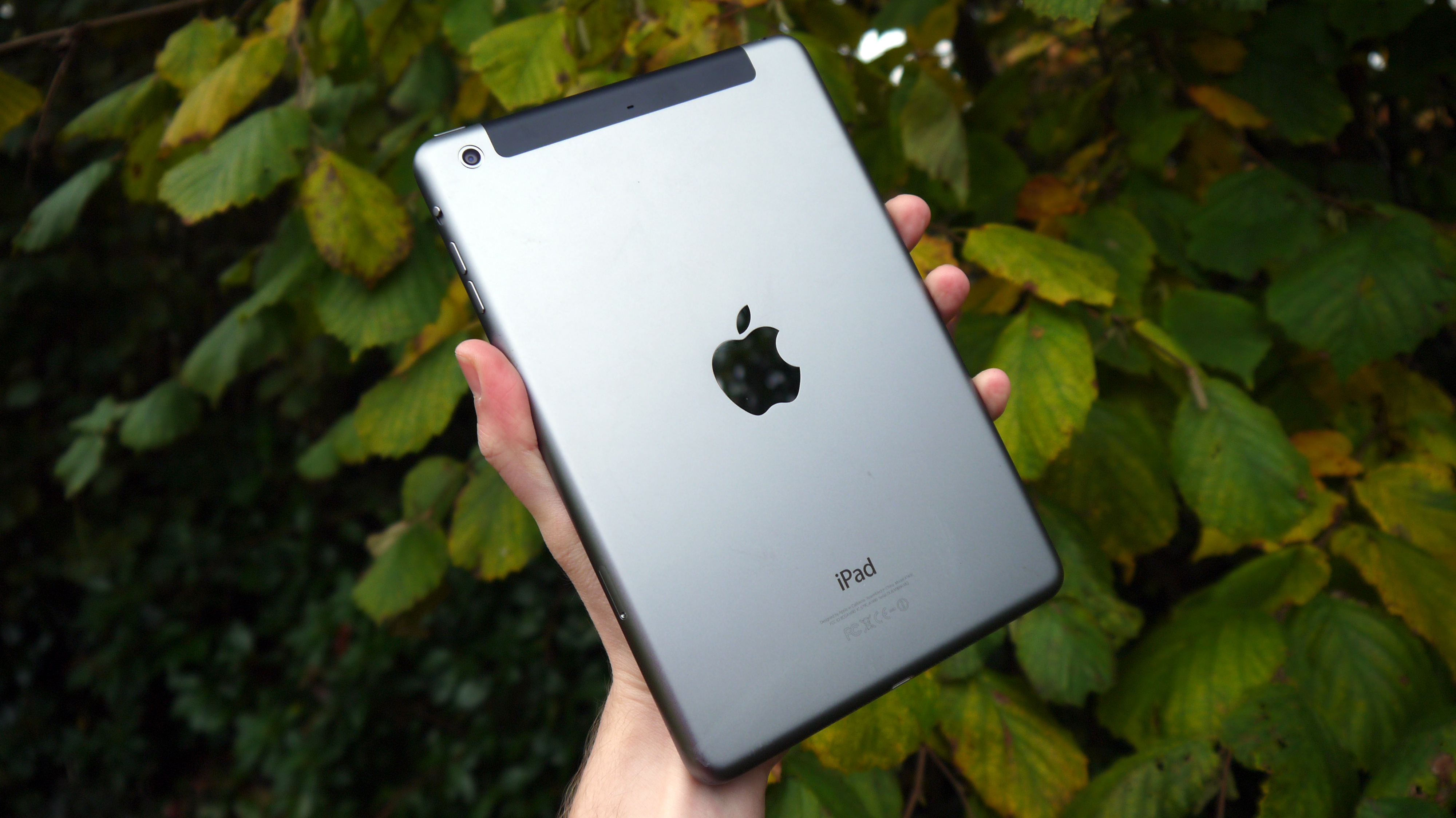
What we've seen is the iPad mini design being taken on by the iPad Air, and then back again on the smaller sequel, and it really works.
Apple is still maintaining that users will be able to hold it one-handed, and while this is uncomfortable when done for long periods, I did find that on occasion for browsing the internet I was able to work with a single palm.
The aluminum-clad design feels hugely premium. If you've walked into an Apple store thinking that the mini 2 is too expensive compared to the rest of the market, then the second it's thrust into your palms you'll realize that there's no comparison between this and many other competitors when it comes to build quality.
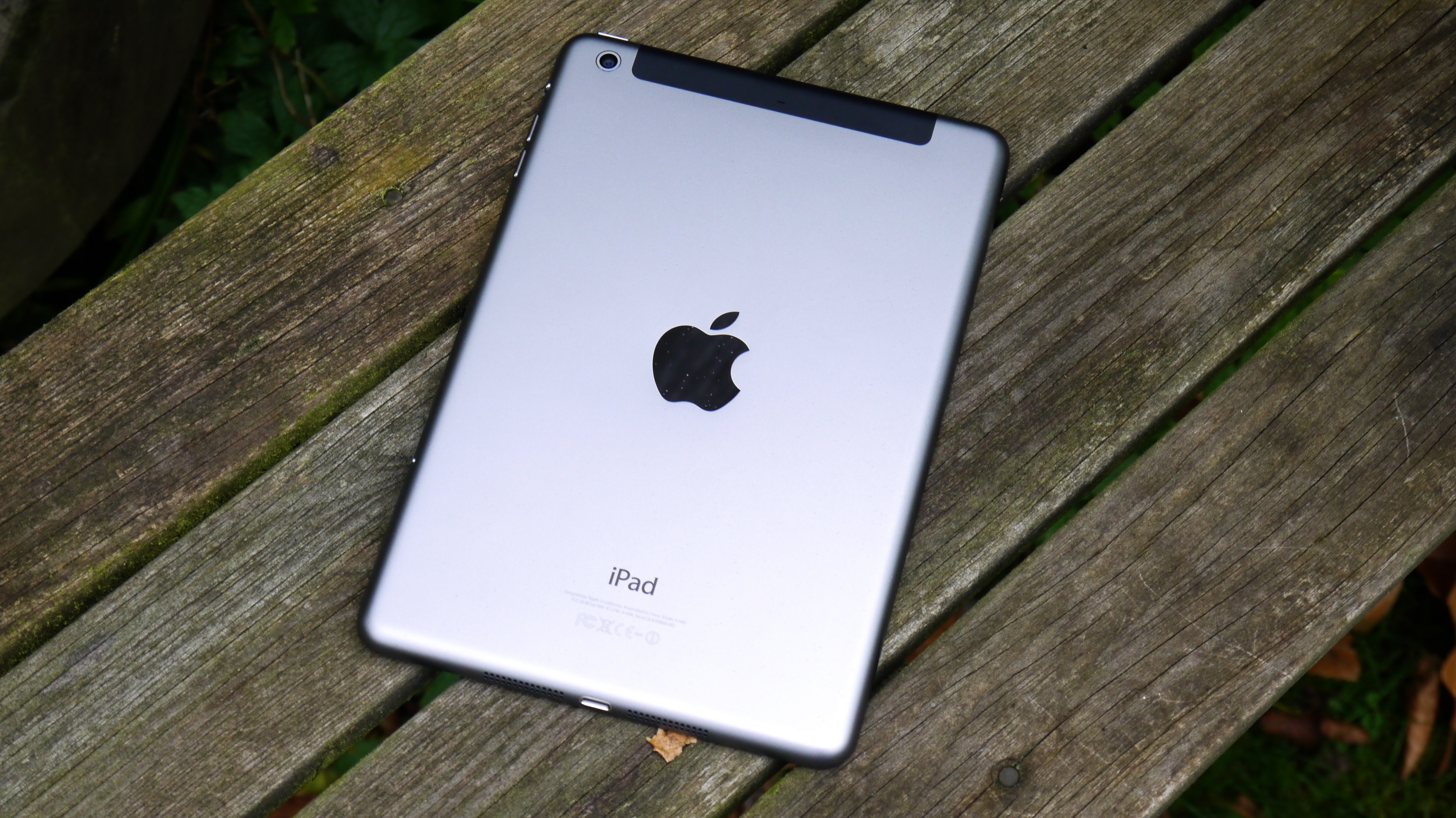
While the most recent Nexus 7 from Asus showcased a much-improved design, it was still a rubberized device that relied on plastic to make it feel robust and a little lighter – and of course it's since been discontinued.
Sign up for breaking news, reviews, opinion, top tech deals, and more.
The iPad mini 2 also had an improved design over its predecessor, but it's hugely more impressive. It's not quite enough to warrant the price difference between this and, say, Amazon's 8-inch tablet – and any Amazon fan would have a very valid reason for purchasing that tablet instead.
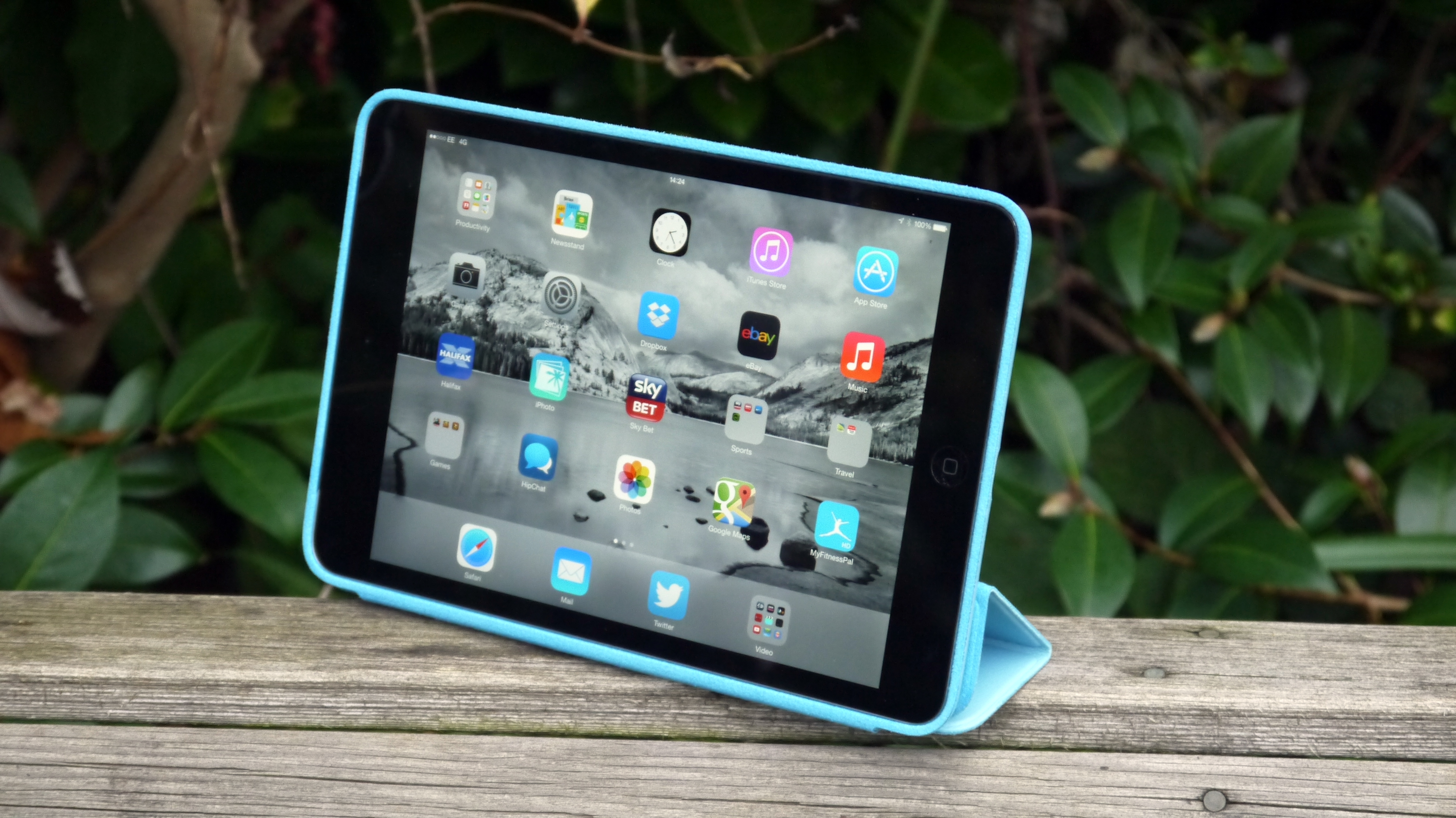
But Apple's design is easily the best on the market. The smooth covering, machined speaker holes and gently curved edges all combine very well to create a really secure feeling that this is the device that it was worth forking out a little more for. And it really is only a little more now, as it's dropped in price since being superseded.
Even down to the solid click of the sound toggle, or the long travel of the power, home and volume buttons, the whole thing makes you feel like it's robust and won't crack on you a year or so down the line.
There's no Touch ID on offer here, and I'm torn over whether this is a big miss. I use it all the time on the iPhone 6S and iPad mini 4, but that's only because it's there. It makes using the phone marginally easier, which is nice.
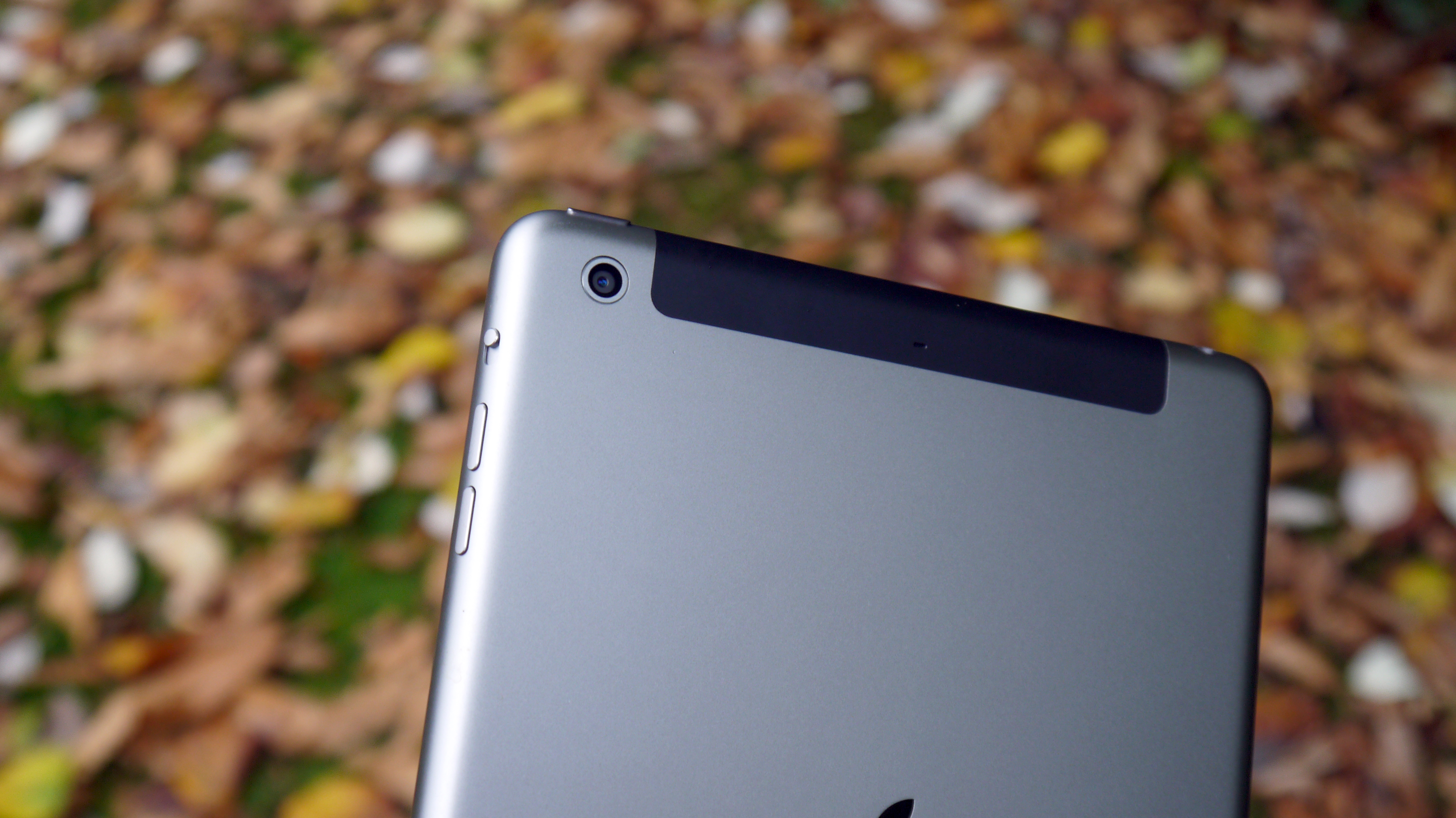
It's missed on the iPad mini 2 for a couple of reasons. First, you're more inclined to pick this tablet up like a phone, meaning your natural impulse is to hold the power button.
Second, tapping out a passcode on this screen is harder as your thumb isn't as well placed, meaning most will avoid iPad security altogether.
Given the 64-bit architecture is there for the encryption, it seems odd that Apple has left this out for the mini 2, and, indeed the original Air – and it's not like its omission is enough to upgrade to the otherwise very similar iPad mini 3.

Gareth has been part of the consumer technology world in a career spanning three decades. He started life as a staff writer on the fledgling TechRadar, and has grew with the site (primarily as phones, tablets and wearables editor) until becoming Global Editor in Chief in 2018. Gareth has written over 4,000 articles for TechRadar, has contributed expert insight to a number of other publications, chaired panels on zeitgeist technologies, presented at the Gadget Show Live as well as representing the brand on TV and radio for multiple channels including Sky, BBC, ITV and Al-Jazeera. Passionate about fitness, he can bore anyone rigid about stress management, sleep tracking, heart rate variance as well as bemoaning something about the latest iPhone, Galaxy or OLED TV.
